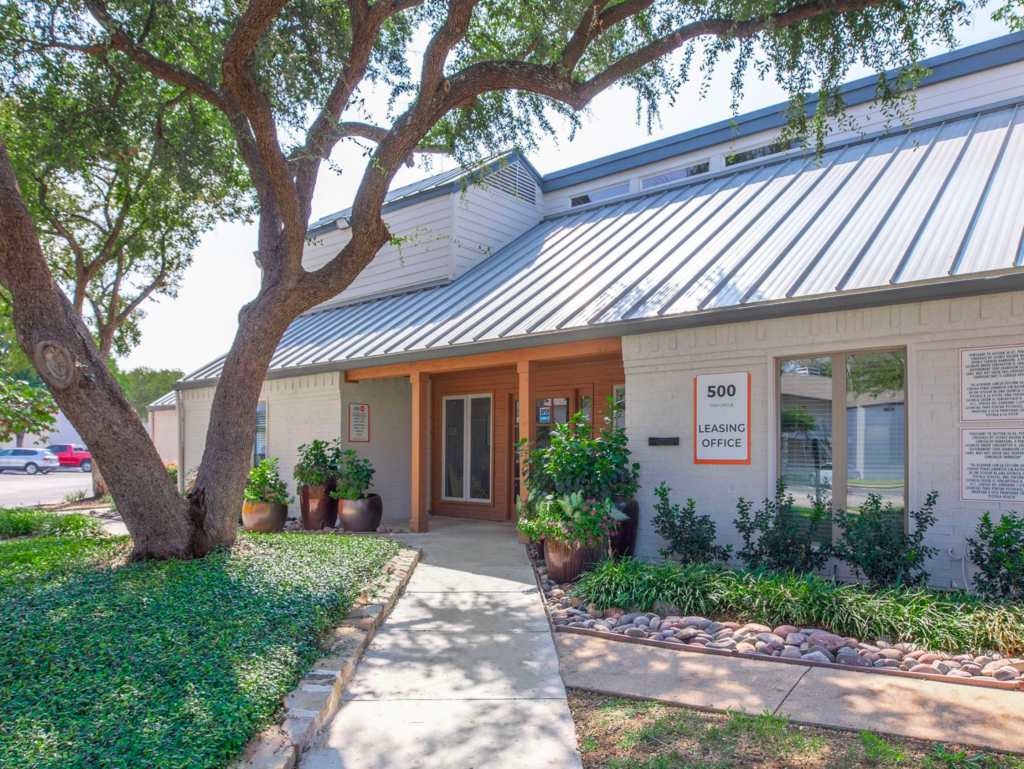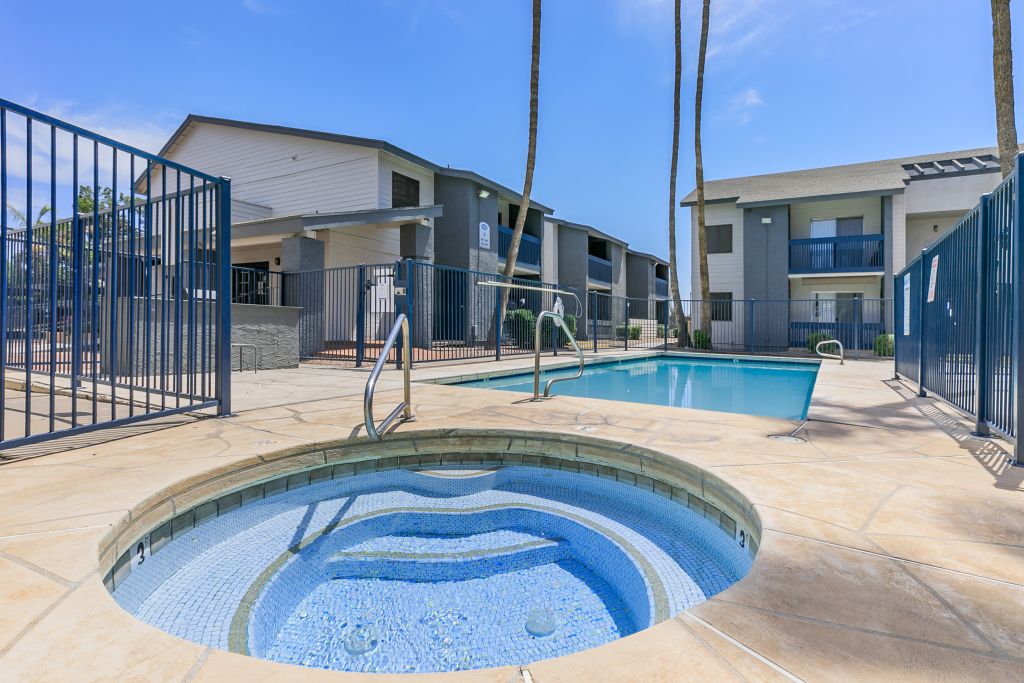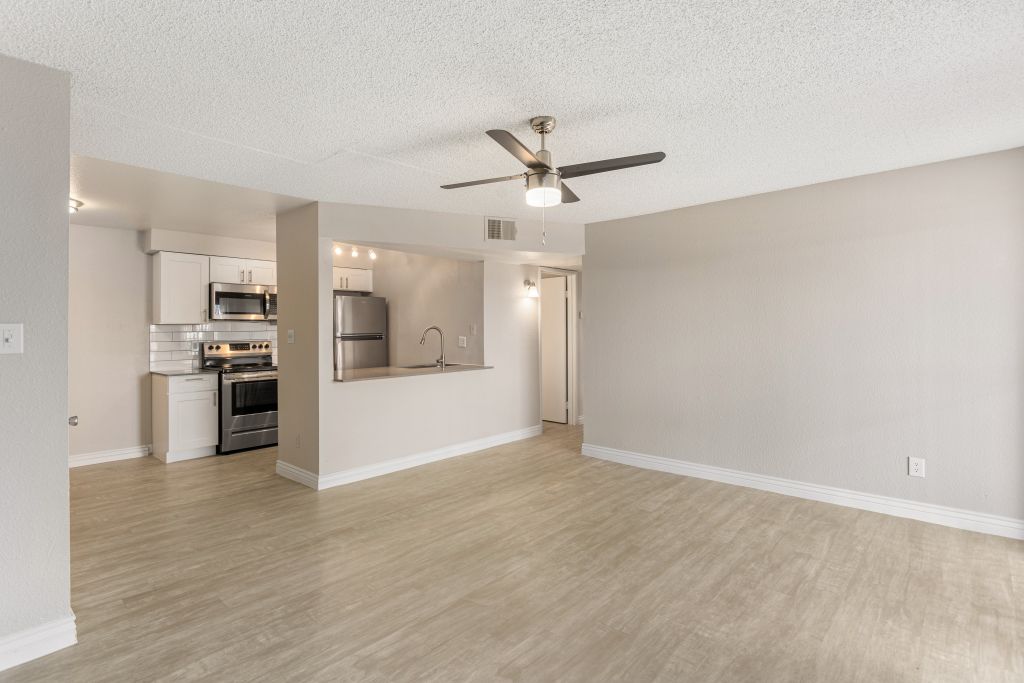Multifamily Investment Glossary: Essential Terms for Investors
The world of multifamily real estate investing offers tremendous potential for wealth creation and passive income. However, it’s not a realm for the unprepared. Like any specialized field, multifamily investing comes with its own unique vocabulary, financial metrics, and strategic considerations.
Why Education is Key
Before diving headfirst into this lucrative market, it’s imperative to arm yourself with knowledge. Understanding the terminology, concepts, and calculations that drive multifamily deals is not just helpful; it’s essential for making informed decisions and avoiding costly mistakes.
Think of it like learning a new language. Without understanding the words and grammar, you can’t hold a meaningful conversation. Similarly, without a grasp of multifamily investing terminology, you’ll struggle to interpret property analyses, evaluate potential deals, or communicate effectively with brokers, lenders, and other industry professionals.

Beyond the Basics
Knowing the key terms is just the first step. A comprehensive understanding of multifamily investing encompasses a wide range of knowledge, including:
- Market Analysis: Identifying promising markets with strong fundamentals and growth potential.
- Property Evaluation: Assessing a property’s financial performance, physical condition, and potential for value-add improvements.
- Financial Modeling: Creating pro forma projections to forecast income, expenses, and returns.
- Risk Management: Identifying and mitigating potential risks associated with multifamily investments.
- Legal and Tax Considerations: Understanding the legal framework and tax implications of multifamily ownership.



The Power of Knowledge
A solid foundation in multifamily investing is truly empowering. When you understand the intricacies of the market and the language of the industry, you can confidently analyze potential deals with an objective eye, spotting red flags and negotiating favorable terms. This knowledge also unlocks the ability to maximize returns by identifying value-add opportunities, optimizing property performance, and strategically boosting cash flow. Moreover, a well-informed investor is better equipped to mitigate risk, making calculated decisions that safeguard their capital and minimize potential losses.Ultimately, this expertise allows you to build a successful portfolio, strategically diversified with high-performing multifamily assets that can withstand market fluctuations and generate long-term wealth.
Key Multifamily Investment Terms
This expanded glossary is designed to equip you with a solid understanding of the essential terms that every multifamily investor should know. Think of it as your roadmap to a successful investment journey in this exciting and dynamic sector.
Let’s embark on this journey together!
1. Cap Rate (Capitalization Rate)
The cap rate is arguably the most critical metric in evaluating a multifamily property’s investment potential. It represents the estimated rate of return on your investment, assuming you purchased the property with cash.
- Formula: Cap Rate = Net Operating Income (NOI) / Market Value
- Interpretation: A higher cap rate typically means a higher potential return, but it can also imply higher risk. It’s essential to compare cap rates within the same market and property class to make informed decisions.
- Example: A property with an NOI of $100,000 and a market value of $1,000,000 has a cap rate of 10%.
2. Cash Flow
Cash flow is the lifeblood of any investment, and it’s the amount of money left over after all expenses are paid. In multifamily investing, this includes:
- Income: Rental income, laundry income, parking fees, etc.
- Expenses: Mortgage payments, property taxes, insurance, maintenance, management fees, utilities, etc.
- Importance: Positive cash flow means you’re generating income from the property, while negative cash flow means you’re paying out of pocket to keep it running. Cash flow can be used to reinvest in the property, pay down debt, or provide personal income.
3. Net Operating Income (NOI)
NOI is the property’s income after deducting all reasonable operating expenses necessary to run the property. It does not include debt service (mortgage payments) or capital expenditures (major renovations or improvements).
- Formula: NOI = Gross Potential Rent (GPR) – Vacancy and Credit Loss – Operating Expenses
- Significance: NOI is a fundamental factor in determining a property’s value and is a key component in calculating the cap rate.
4. Gross Potential Rent (GPR)
GPR represents the maximum rental income a property could generate if all units were occupied and paying market rent.
- Calculation: GPR = (Number of Units) x (Average Market Rent per Unit)
- Use: While GPR is an idealized figure, it serves as a starting point for estimating potential income and assessing the property’s rent roll.
5. Vacancy Rate
The vacancy rate measures the percentage of units in a property that are unoccupied. It’s a critical indicator of market demand and the property’s ability to attract and retain tenants.
- Formula: Vacancy Rate = (Number of Vacant Units / Total Number of Units) x 100%
- Interpretation: A low vacancy rate suggests high demand and strong rental income potential, while a high vacancy rate may indicate problems with the property or the market.



6. Rent Roll
The rent roll is a detailed list of all the units in a property, their current tenants, lease terms, monthly rent, and security deposit amounts. It provides valuable insights into:
- Income Stability: The rent roll shows the property’s current and potential income based on existing leases.
- Tenant Quality: It helps assess tenant creditworthiness and payment history.
- Lease Expirations: It allows you to anticipate upcoming vacancies and plan for re-leasing.
7. Pro Forma
A pro forma is a financial projection for a property’s future performance. It typically includes estimates for:
- Income: Rental income, other income (laundry, parking, etc.)
- Expenses: Operating expenses, capital expenditures, debt service
- Net Cash Flow: The bottom-line profit after all income and expenses are considered
- Purpose: Pro formas are essential for evaluating potential returns, securing financing, and making investment decisions.
8. Due Diligence
Due diligence is the comprehensive investigation and analysis of a property before closing a deal. It involves:
- Financial Review: Analyzing income statements, rent rolls, tax returns, and operating expense records.
- Physical Inspection: Evaluating the property’s condition, identifying potential repairs or upgrades.
- Market Analysis: Assessing local market conditions, rental rates, and vacancy rates.
- Legal Review: Reviewing leases, contracts, and any legal issues affecting the property.
9. 1031 Exchange
A 1031 exchange, also known as a like-kind exchange, allows investors to defer capital gains taxes when selling one investment property and reinvesting the proceeds into another similar property.
- Benefits: Deferring taxes can significantly increase your investment capital, allowing you to acquire larger or multiple properties.
- Rules: Strict IRS rules govern 1031 exchanges, including timelines and property requirements.
10. Leverage
Leverage refers to using borrowed money (typically a mortgage) to finance a real estate investment. It allows investors to control a larger asset with a smaller upfront investment.
- Pros: Leverage can amplify returns if the property appreciates or generates positive cash flow.
- Cons: Leverage also amplifies risk. If the property declines in value or fails to generate sufficient income, losses are magnified.
11. Value-Add Strategy
A value-add strategy focuses on acquiring underperforming properties, implementing improvements to increase their value, and then raising rents or selling the property for a profit. Improvements can include renovations, upgrades, or operational enhancements.
12. Class A, B, and C Properties
This classification system categorizes properties based on their age, condition, amenities, location, and tenant profile.
- Class A: Newest, most luxurious properties in prime locations, commanding top rents.
- Class B: Well-maintained properties with good amenities, attracting a wide range of tenants.
- Class C: Older properties often in need of renovations, typically offering lower rents.



13. Loan-to-Value Ratio (LTV)
The LTV ratio is the percentage of the property’s value that is financed by a loan. For example, an 80% LTV loan means the borrower is putting down 20% of the purchase price as a down payment.
- Importance: LTV ratios affect loan terms, interest rates, and the overall risk profile of an investment.
14. Debt Service Coverage Ratio (DSCR)
The DSCR measures a property’s ability to generate enough income to cover its debt obligations.
- Formula: DSCR = Net Operating Income (NOI) / Annual Debt Service
- Interpretation: A DSCR above 1 indicates the property can cover its debt payments, while a DSCR below 1 suggests potential financial difficulties.
15. Internal Rate of Return (IRR)
The IRR is a complex calculation that estimates the annualized rate of return on an investment over its entire holding period, taking into account cash flows, appreciation, and time value of money.
- Importance: The IRR allows investors to compare the potential profitability of different investments.
Mastering these key multifamily investment terms will empower you to make informed decisions, analyze deals effectively, and communicate confidently with other professionals in the industry. Remember, knowledge is key in the world of real estate investing, and having the right partner can make all the difference.



Why Choose Rise48 Equity?
At Rise48 Equity, we believe in simplifying multifamily investing and delivering exceptional results. Our team boasts a proven track record of successful acquisitions and property management in thriving markets like Phoenix, Dallas, and Charlotte. We’re committed to transparency, providing our investors with regular updates and insights into our portfolio’s performance.
Here’s what sets us apart:
- Vertical Integration: Our in-house construction and property management teams ensure seamless execution from acquisition to disposition, maximizing efficiency and returns.
- Data-Driven Approach: We leverage extensive market research and data analysis to identify high-potential opportunities.
- Investor Alignment: We invest alongside our partners, ensuring our interests are aligned with yours.
- Community Focus: We prioritize resident satisfaction and community enhancement, fostering long-term value.
Your Multifamily Investment Journey Starts Here
Ready to elevate your investment portfolio with multifamily real estate? Partner with Rise48 Equity and gain access to exclusive opportunities, expert guidance, and a team dedicated to your success. Schedule a call with us today and let’s build a prosperous future together.
ABOUT RISE48 EQUITY:
Rise48 Equity is a Multifamily Investment Group with local offices in Dallas, TX and Phoenix, AZ. “At Rise48 Equity, we provide opportunities for accredited and non-accredited investors to protect and grow their wealth and achieve passive cash-flow. Our team brings expertise to acquire, reposition and return capital to investors upon reaching our business plan. Through our research and strategically formed partnerships, we acquire commercial multifamily apartment properties, strategically add value to the properties, and create passive income for our investors through cash-flow and profits from sale.”
Since 2019, Rise48 Equity has completed over $2.21 billion in total transactions, and currently has $1.78 billion assets under management located in Phoenix and Dallas. All of the company’s assets under management are managed by Rise48 Equity’s vertically integrated property management company, Rise48 Communities.


